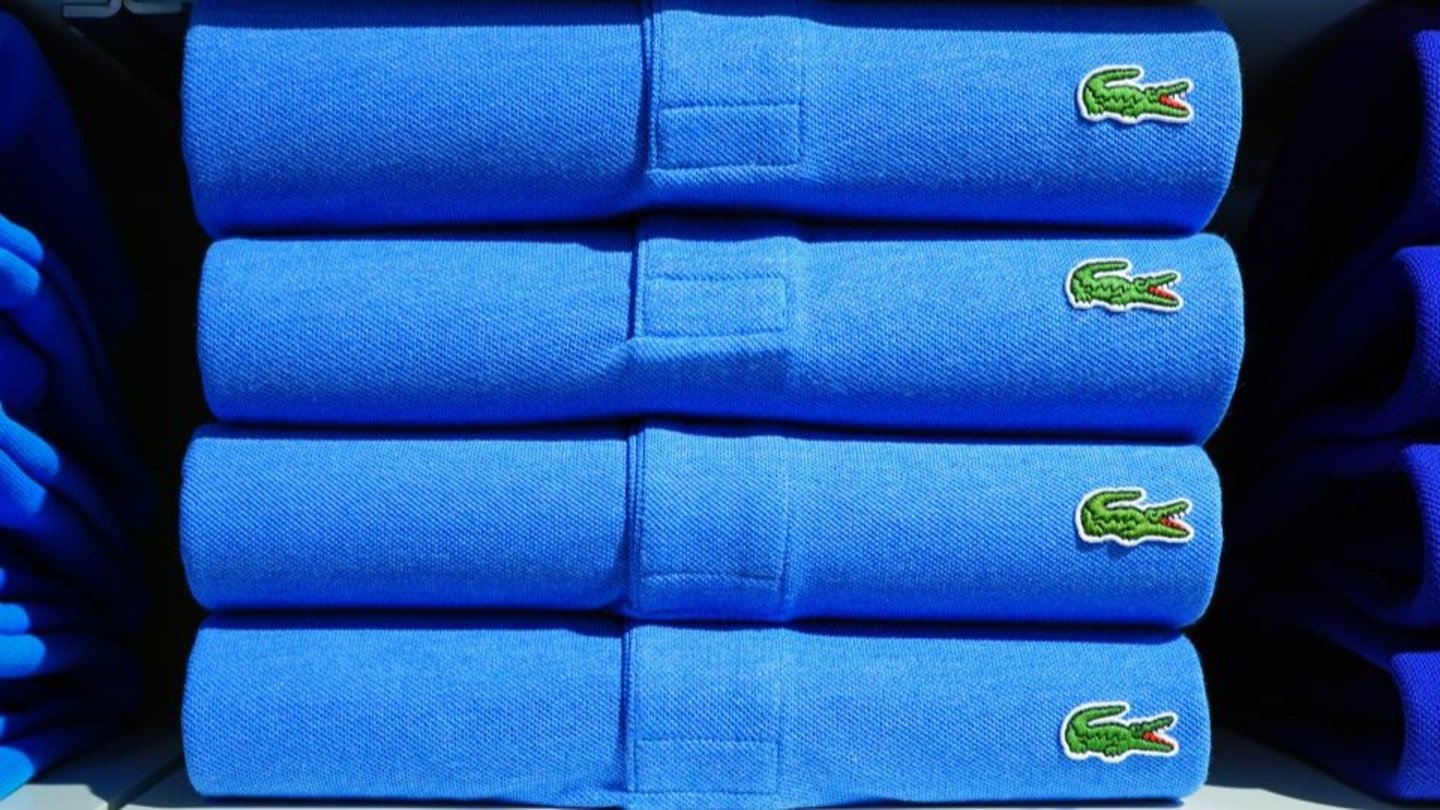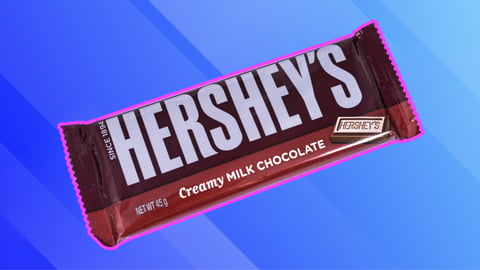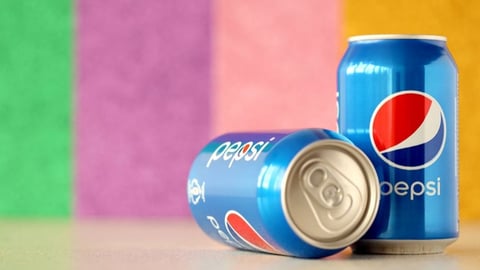Lacoste Becomes Early Tester of AI Anti-Counterfeit Tech
Fashion manufacturer Lacoste is bolstering its counterfeiting measures by tapping into artificial intelligence.
The company is the first company to test out new technology from Cypheme that uses AI to detect fake products using visual analysis. It can now check the validity of an item by taking a cellphone photo of a specific detail on a product or label.
For Lacoste, the technology specifically analyzes its crocodile logo to spot fakes. Once a counterfeit item is identified, the company can remove it from the market.
Similar: Centric Brands Is Using AI to Automate Risk Management and Sourcing
The technology analyzes content on a microscopic level of detail. As a result, the company has experienced a 99.7% accuracy level when using it, according to Cypheme.
Additionally, Lacoste has access to an anti-copy label that uses advanced algorithms powered by an artificial neural network to verify authenticity and trace the origin of the fake product.
Counterfeit Goods Hitting Apparel Hard
Counterfeiting continues to be a growing concern, particularly in the fashion industry. According to U.S. Customs and Border Protection, 26.2% of all counterfeit product seizures in 2023 were within apparel and accessories. Twenty-four percent came from handbags and wallets, 15.6% from watches and jewelry, and 11.6% from footwear categories.
Nearly seven in 10 people were deceived into purchasing counterfeit products online at least once between 2022 and 2023, according to research from Michigan State University.
“Counterfeiting goes beyond a fake designer handbag,” said MSU professor of advertising Saleem Alhabash, as part of the study. “Counterfeiters outsmart retailers, they figure out vulnerabilities in the supply chain and interrupt it. This causes retailers to lose money and, depending on the product can pose a threat to the safety and well-being of consumers.”





